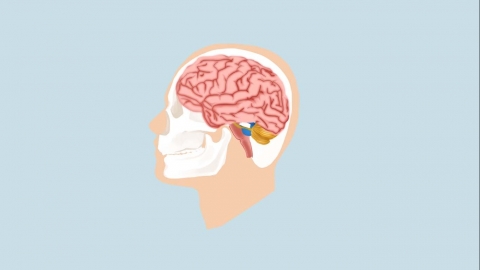How to Rehabilitate Cerebral Palsy in Children
Generally, pediatric cerebral palsy can be rehabilitated through motor function training, occupational therapy, speech and swallowing function training, physical therapy, and psychological and behavioral interventions. A detailed explanation is as follows:

1. Motor Function Training
For spastic cerebral palsy, passive stretching can relieve muscle tension; for ataxic cerebral palsy, balance training can improve coordination; for dyskinetic cerebral palsy, control training can reduce involuntary movements. Training should begin during infancy and progress gradually according to the child's developmental stage, with a recommended cumulative daily training time of 30-60 minutes.
2. Occupational Therapy
This focuses on improving the child's ability to perform daily activities, enhancing fine motor skills and limb coordination through simulated training of actions such as dressing, eating, and toileting. Assistive devices can be used to aid task completion, and engaging games can be designed to increase the child's participation, gradually achieving self-care and reducing the burden on family caregivers.
3. Speech and Swallowing Function Training
For children with coexisting language disorders, early intervention includes articulation training and comprehension training. For those with swallowing difficulties, oral motor training can improve swallowing function, and food textures should be modified to prevent choking. If necessary, swallowing electrical stimulation therapy can be used to reduce the risk of aspiration.
4. Physical Therapy
As an adjunctive treatment, commonly used methods include low-frequency pulsed electrotherapy, hydrotherapy, and thermotherapy. Treatment parameters should be adjusted based on the child's age and tolerance—for example, hydrotherapy for infants should maintain water temperatures between 37-38°C, with each session lasting 15-20 minutes, 2-3 times per week, to avoid excessive stimulation.
5. Psychological and Behavioral Intervention
Children with cerebral palsy often experience emotions such as自卑 (self-consciousness) and anxiety due to motor impairments. Psychological counseling should be provided to build self-confidence. Parents and therapists should offer encouragement frequently, using positive reinforcement to enhance the child's cooperation. Additionally, children should be encouraged to participate in group activities to improve their social skills.
Rehabilitation for pediatric cerebral palsy is a comprehensive, multidisciplinary process requiring individualized treatment plans tailored to each child's specific circumstances. Parents should actively participate and closely collaborate with the medical team to create optimal conditions for their child's recovery.






